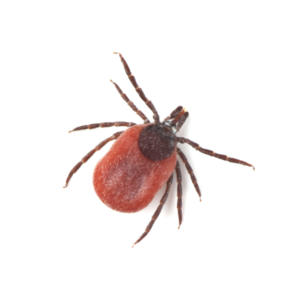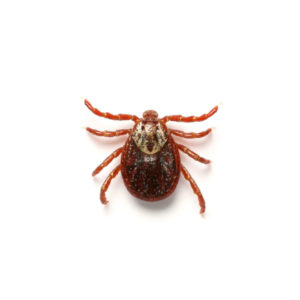Fleas in Mid-South TN
Fleas are small, wingless blood-sucking parasites that live on the exterior of their host. Adult fleas feed only on blood. Fleas are the most common ectoparasites found on household pets and prolonged flea exposure can lead to health issues for pets. Fleas will bite people too, especially during spring and early summer when their numbers increase.
Flea Habitat
In residential areas, fleas frequently overwinter in the area underneath a porch or deck. Areas with tall grass, leaf litter, weeds, wood piles, gravel, and sandy patches are also attractive to fleas. Even the tiniest crack in concrete can harbor fleas/ They do not fare well in sunny areas or open grass.
Fleas usually come inside on pets, where they make themselves at home. Flea larvae try to avoid excess light, so carpets, bedding, pet beds, and upholstered furniture make cozy homes for them.
Flea Behaviors, Threats, or Dangers
Bites from fleas look like small red dots. They may occur in groups of two or three or small clusters near the feet, ankles, and legs. Flea bites may trigger allergic reactions, but are unlikely to have a serious impact on a person’s health. Some people and pets get flea bite dermatitis, which produces intense itching, hair loss, reddening of the skin, and secondary infection. A single flea bite can trigger a reaction, and itching can last up to five days afterward.
If you are dealing with a flea infestation, contact your local flea exterminators for help.
Need help with Flea control?
We'll call you! Leave your information below.



